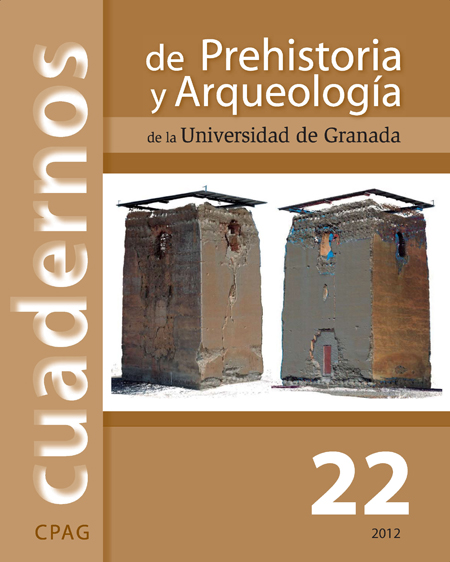THE HISTOLOGY OF HUMAN DRY BONE (A REVIEW)
Contido principal do artigo
Resumo
Despite archaeological preservation conditions, the histomorphology of human dry bone still contains useful information on the physiological and pathological status of deceased individuals. Histology can therefore be a helpful addition to routine archaeological methods. But practice has shown that, for many archaeologists, unfamiliarity with this technique shaped a pointless obstacle to add it to their tool box.
Thus, after having addressed the restrictions associated with histological analysis in general, we will show that the preparation of sections/slides does not need to be diff icult, expensive or time-consuming. Then we will provide an introduction to the histological application of assessing age at death of the deceased. It’s must be its theoretical basis, its value in comparison to other methods and its limits are discussed.
Finally, we will elaborate on the effectiveness of histology as an indicator of pathological processes, and explain that only a small number of disorders have distinct ‘pathognonomic’ microscopic features. In all other cases, the histological findings must be combined with gross anatomical and radiological findings from the same individual to come to a conclusive diagnosis or to a shortened list of differential (alternative) diagnoses.



